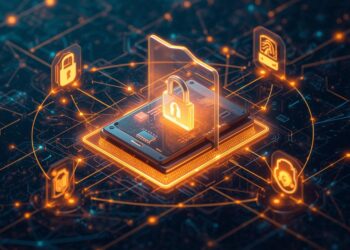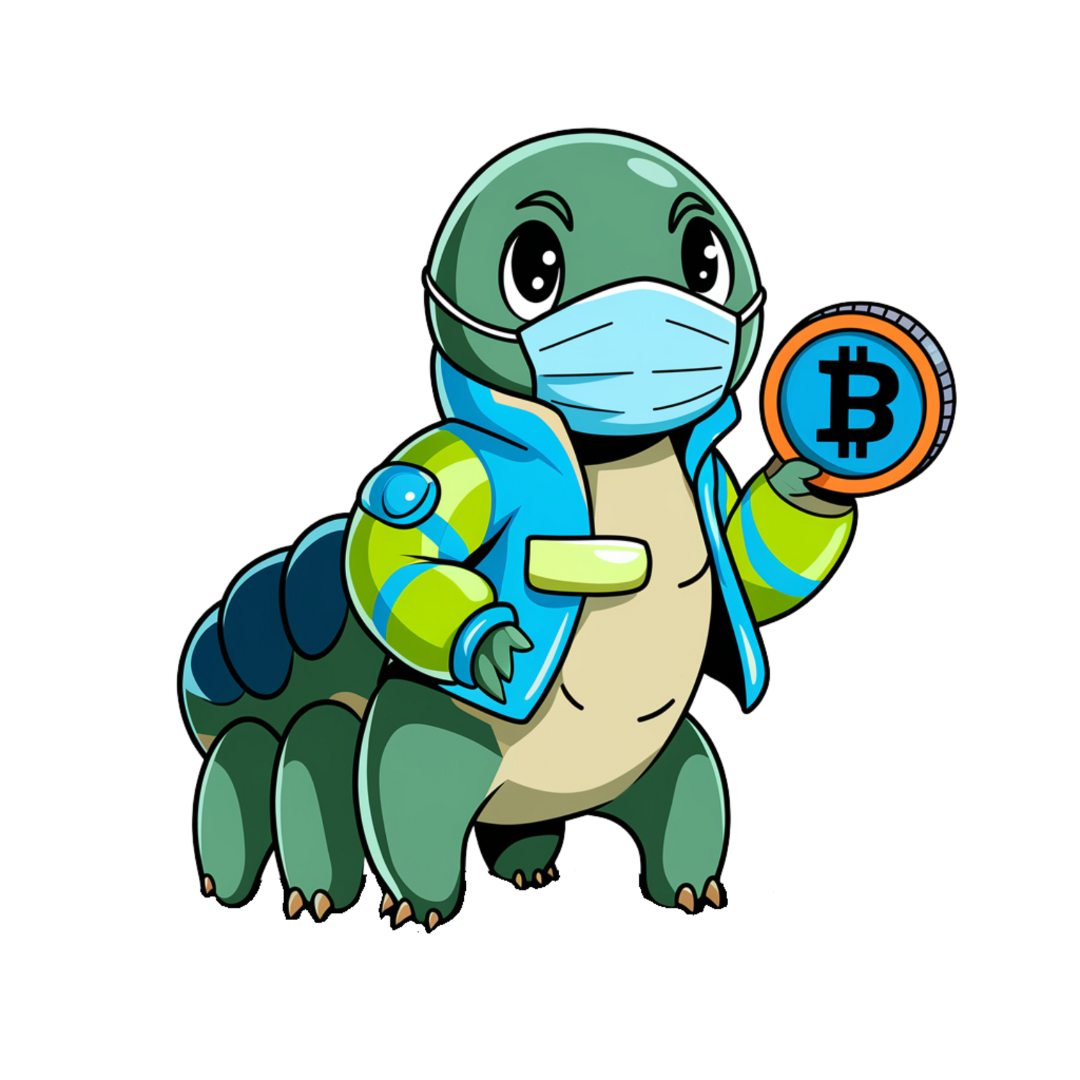Unlocking the potential of Web3 is exciting, and the growth statistics are impressive. Research shows that Web3 adoption soared by over 300% in the last year alone. This new phase of the internet emphasizes decentralization, transparency, and user ownership. As you navigate this landscape, understanding its tools and platforms is crucial. This guide will arm you with essential information to dive into Web3 confidently.
Understanding the Web3 Ecosystem
Decentralized Applications (dApps)
Decentralized applications, or dApps, represent a shift from traditional apps. Unlike standard applications hosted on servers, dApps run on blockchain networks, making them more secure and resistant to censorship. Examples of popular dApps include:
- Uniswap: A decentralized exchange for trading cryptocurrencies.
- OpenSea: A leading marketplace for buying and selling NFTs.
Blockchain Technology
Blockchain is the backbone of Web3, providing the security and transparency necessary for its operations. It works by recording transactions in a way that is immutable and accessible to all participants. A striking statistic is that the blockchain market is projected to grow to $163 billion by 2029, highlighting its increasing importance.
Cryptocurrencies and Tokens
In the Web3 space, cryptocurrencies and tokens play vital roles. Cryptocurrencies like Bitcoin and Ethereum are essential for transactions and investments. Within Web3, different token standards like ERC-20 have emerged, each serving unique functions. Understanding these distinctions is key to navigating the ecosystem effectively.
Setting Up Your Web3 Environment
Choosing a Crypto Wallet
Selecting the right crypto wallet is your first step. Consider your needs: hardware wallets offer enhanced security, while software wallets provide ease of access. Some popular options include:
- MetaMask: A versatile browser extension wallet.
- Ledger: A hardware wallet that supports various currencies.
- Trust Wallet: A user-friendly mobile wallet.
Acquiring Cryptocurrency
Next, you’ll need to acquire cryptocurrency. Payment methods vary, including:
- Exchanges: Platforms like Coinbase allow you to buy crypto using traditional currencies.
- Peer-to-Peer Trading: Websites like LocalBitcoins facilitate direct trades between users.
Ensure your cryptocurrencies are stored securely. Use hardware wallets for long-term storage and enable two-factor authentication on exchanges for added security.
Connecting Your Wallet to dApps
Once your wallet is set up, connecting it to dApps is straightforward. Follow these steps:
- Open the dApp in your browser.
- Click on the “Connect Wallet” button.
- Choose your wallet type from the options provided.
- Authorize the connection.
Screenshots will usually guide you through any specific steps.
Exploring Key Web3 Platforms and Tools
Decentralized Exchanges (DEXs)
Decentralized exchanges offer advantages over centralized ones, such as enhanced privacy and control over funds. Key platforms include:
- Uniswap: Known for its automated liquidity protocol.
- SushiSwap: Offers unique incentives for liquidity providers.
Both allow users to trade directly from their wallets, enhancing security.
Non-Fungible Tokens (NFTs)
NFTs represent ownership of unique digital assets, ranging from art to music. Marketplaces such as OpenSea and Rarible facilitate buying, selling, and trading these assets. The value of NFTs lies in their uniqueness, and their applications continue to expand.
Decentralized Finance (DeFi) Platforms
DeFi platforms revolutionize finance by offering services like lending, borrowing, and staking. Examples include:
- Aave: A lending platform that allows users to earn interest.
- Compound: Allows users to lend and borrow cryptocurrencies.
Risk management is crucial; always assess the potential risks involved. According to DeFi expert Andre Cronje, “Understanding the mechanics of each platform is essential for success in DeFi.”
Navigating the Web3 Landscape: Security and Best Practices
Security Best Practices
Protecting your assets in Web3 is paramount. Follow these essential tips:
- Use strong, unique passwords.
- Enable two-factor authentication wherever possible.
- Be vigilant against phishing scams.
Understanding Smart Contracts
Smart contracts automate transactions on the blockchain. They are self-executing contracts with the agreement directly written into code. Auditing these contracts before use is vital for safety and security.
Staying Updated
The Web3 landscape evolves quickly. Continuous learning is essential. Resources to stay informed include:
- News websites: CoinDesk, The Block
- Communities: Reddit, Discord channels
- Educational platforms: Coursera, Udemy
The growth of educational resources in the Web3 space has surged by over 250% in recent years.
Conclusion: Embracing the Future of the Internet
To summarize, engaging with Web3 requires understanding its tools and platforms while prioritizing security. Explore and experiment within this ecosystem responsibly. Your journey into Web3 can lead to new opportunities and innovations.
For further learning, consider checking out reputable resources, forums, and courses to deepen your understanding and skills in this dynamic domain. Embrace the future—your adventure in Web3 awaits!

























